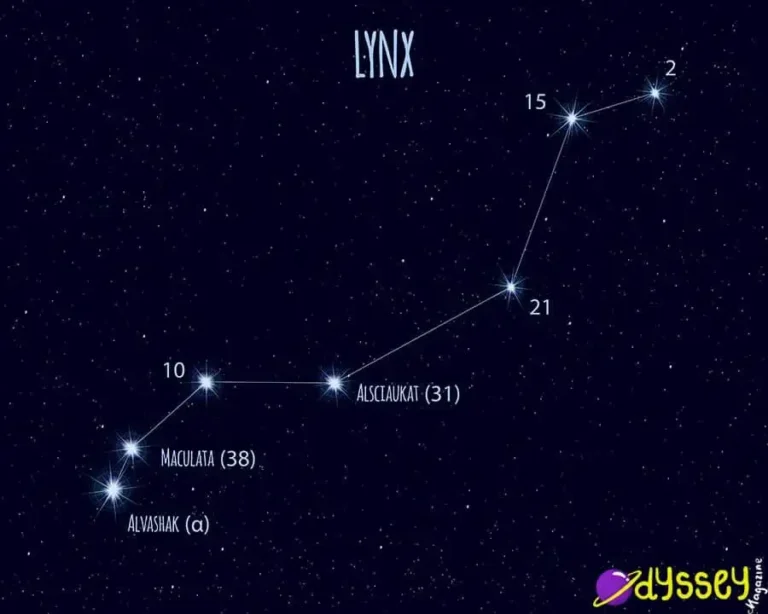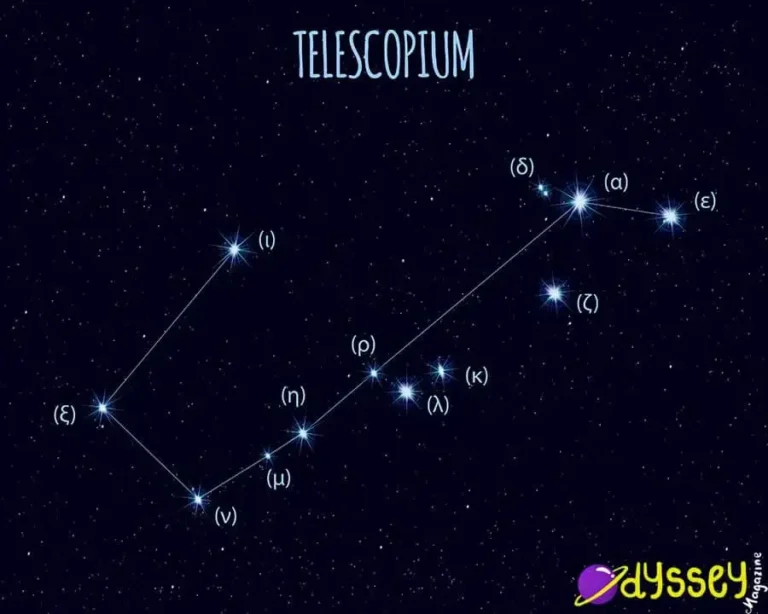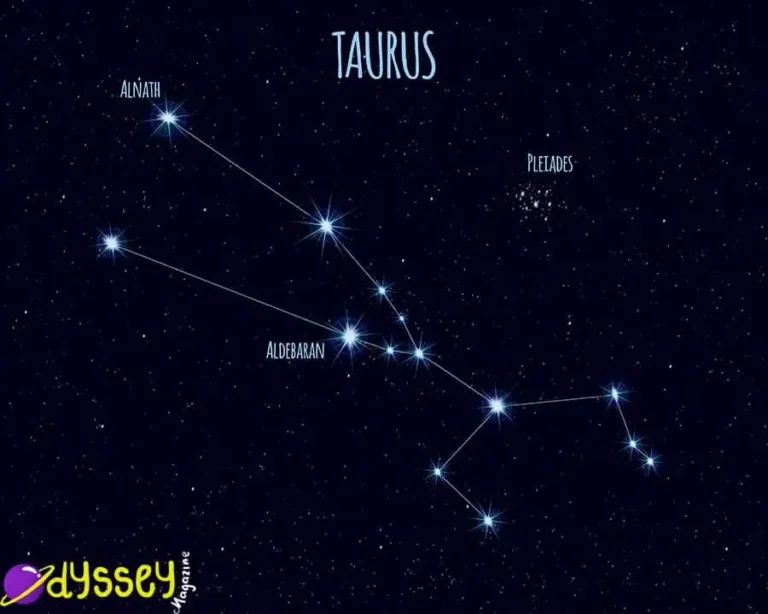Apus Constellation | The Bird of Paradise
One of the smaller constellations in the night sky, Apus consists of just a few bright stars. Located just to the South of Triangulum Australe, this constellation is best seen from the Southern hemisphere due to it’s declination. Though small, the constellation still has an interesting history to learn about. Let’s look at some more details about Apus.
Apus Constellation
- Bordered By; Triangulum Australe, Circinus, Musca, Chamaeleon, Octans, Pavo, Ara
- Named after; The Bird of Paradise
- Declination; -67 to -83°
- Brightest Star; Alpha Apodis.
- Best seen; July
- Size rank; 67nd
- Constellation family; Bayer
- Pronunciation; APE-US
What is Apus named after?
Although you might not be able to see the resemblance, Apus takes it’s name from ancient Greek. Interestingly enough, it’s named this because the Greek’s thought that these birds of paradise did not actually have feet – it’s name literally means “without feet” in Greek. It’s also worth noting that the name may actually come from the word Avis, which means bird.
Who founded the Apus constellation?
Apus is one of the Bayer constellations, which is named this because it was included in Johann Bayer’s atlas of the stars all the way back in 1603. However, it wasn’t Bayer that actually discovered the constellation himself, he just recorded it – it was actually found by Dutchmen Pieter Dirkszoon Keyser and Frederick de Houtman five years earlier. The constellation is best seen from the Southern hemisphere, and it was first discovered whilst the men were sailing through South-East Asia.
How can I see Apus in the sky?
If you’re trying to see Apus, then it can often be a good idea to look for other constellations near it – it lies just to the south of Triangulum Australe. The best time of year to see Apus is throughout the months of July and August.
Main Stars of Apus
Although there isn’t the abundance of bright stars in Apus like there is in other constellations, they’re still interesting to learn about. Lets look at the brightest stars that can be seen in this constellation.
- Alpha Apodis (α) – The main star in this constellation is Alpha Apodis, which was originally known as Apis Indica. This is considered to be a large giant star, that has a radius of approximately 48x that of the Sun. It’s also much brighter than the Sun too – it’s almost 100x as bright.
- Gamma Apodis (γ) – Another one of the brighter stars in the constellation, Gamma Apodis. It is a subgiant star that it large enough to be seen quite easily without a telescope. The star is around 150 light years away from us, and it shines in an orange/red colour due to it’s temperature.
- Beta Apodis (β) – This star is also around 150 light years away from us, and it’s also fairly bright too. Beta Apodis is likely to be a giant star, which has a temeprature of almost 5000K.
- Delta Apodis (δ) – Delta is actually a double star (named 1 & 2)within the center of Apus, with one being slightly closer to us than the other (Delta 1 is around 760 light years away, whilst Delta 2 is more like 600 light years away).
- Epsilon Apodis (ε) – Another star between 600 and 700 light years away, Epsilon Apodis is extremely hot. Though it’s only around 4x the Sun’s radius, it’s more than 1600x the temperature of the Sun, which means that it has a blue glow.
- Eta Apodis (η) – The final major star of this constellation has an estimated 7000k temperature, and is estimated to be around 250 million years old.
The Sum Up
Overall, although there isn’t much to Apus, it’s quite easy to spot in the night sky due to the multitude of other constellations that are around it. It’s main star if fairly bright, so it’s not too difficult for you to spot it. As well as the stars in Apus, you can also see two different clusters – IC 4499 and NGC 6101. These are both very bright, and very easy to see too.


